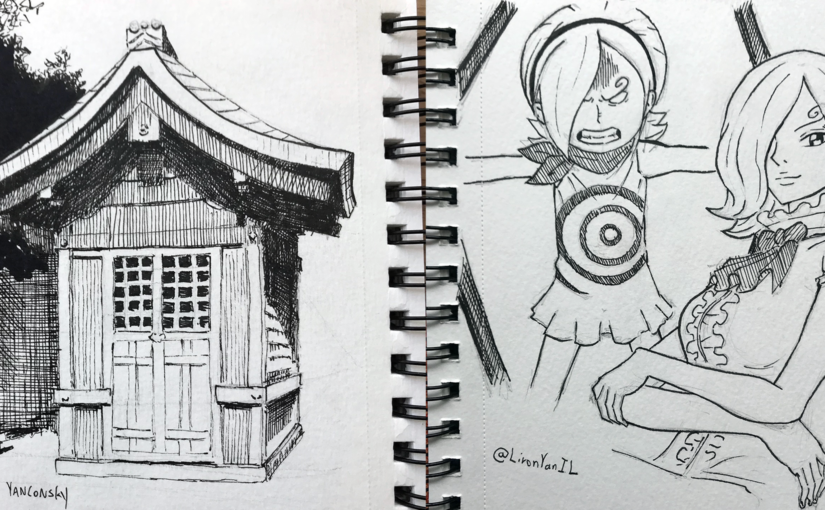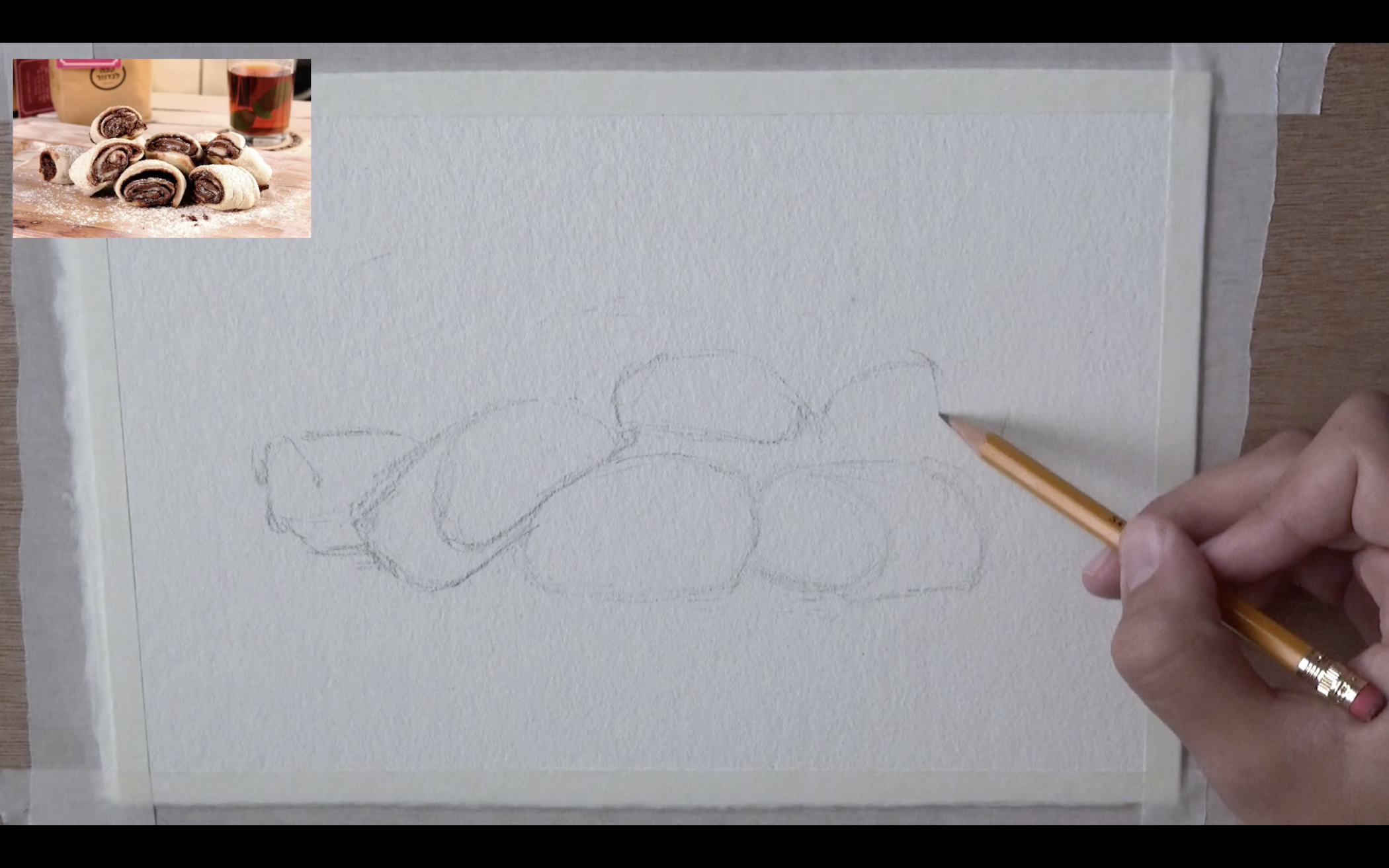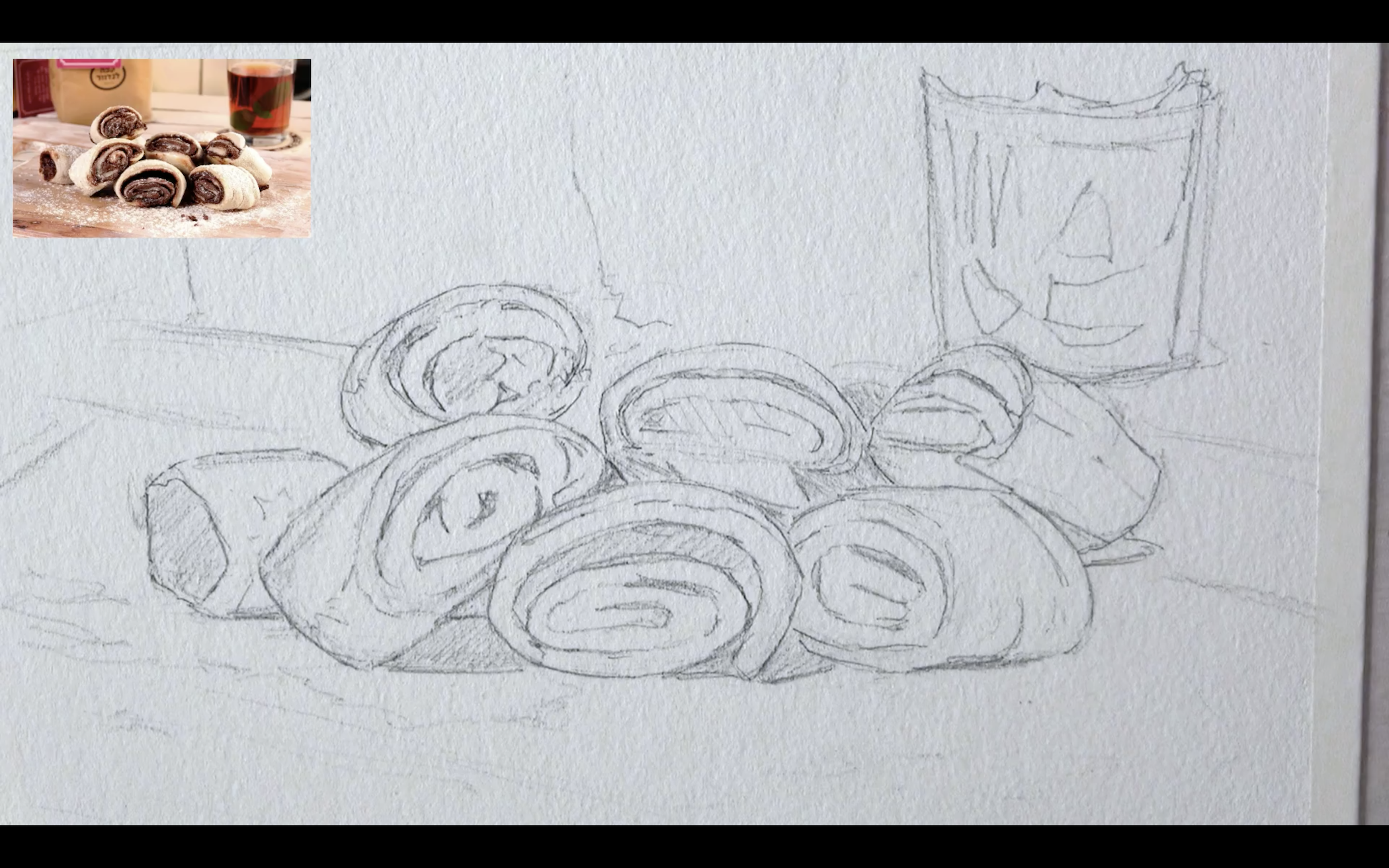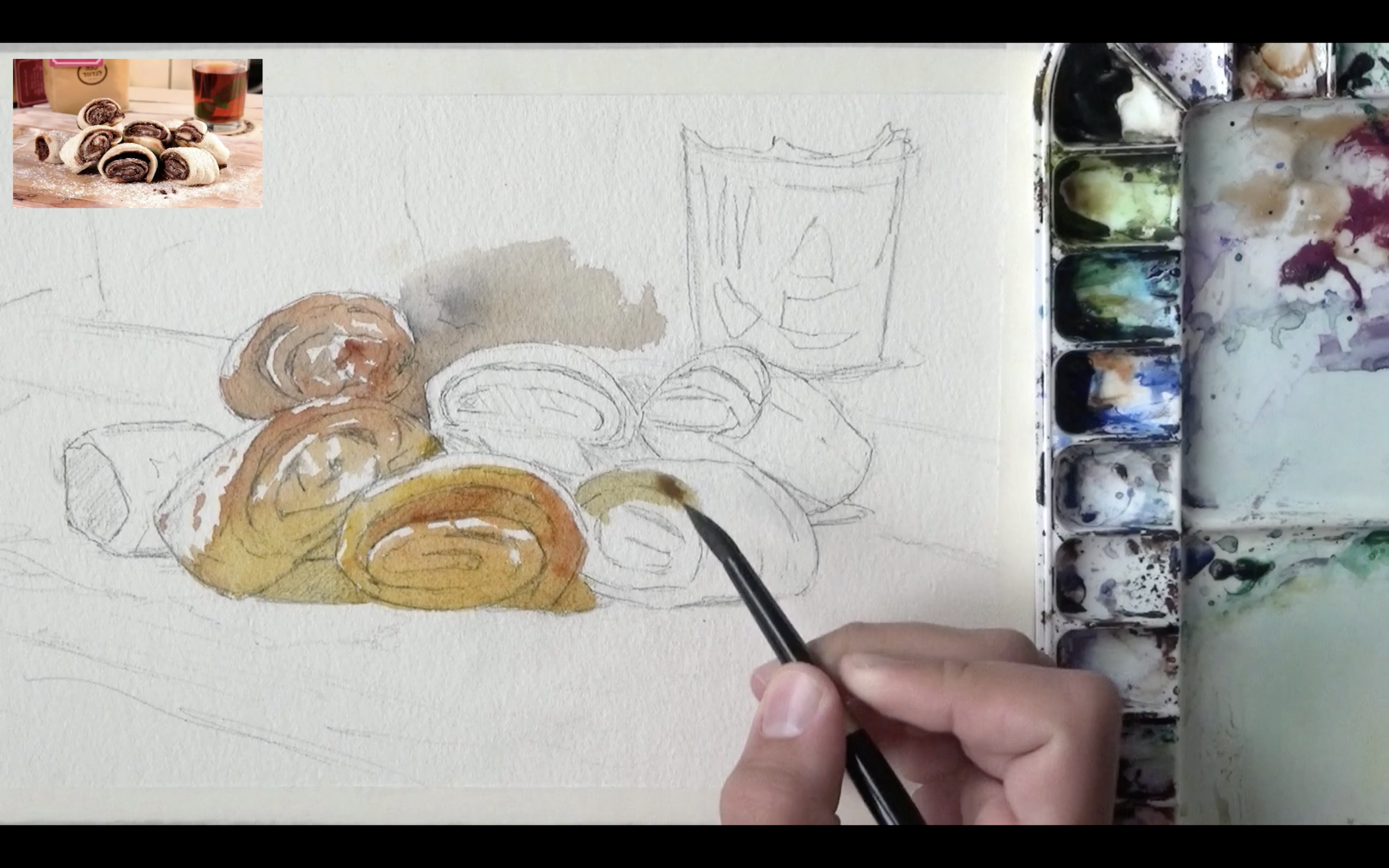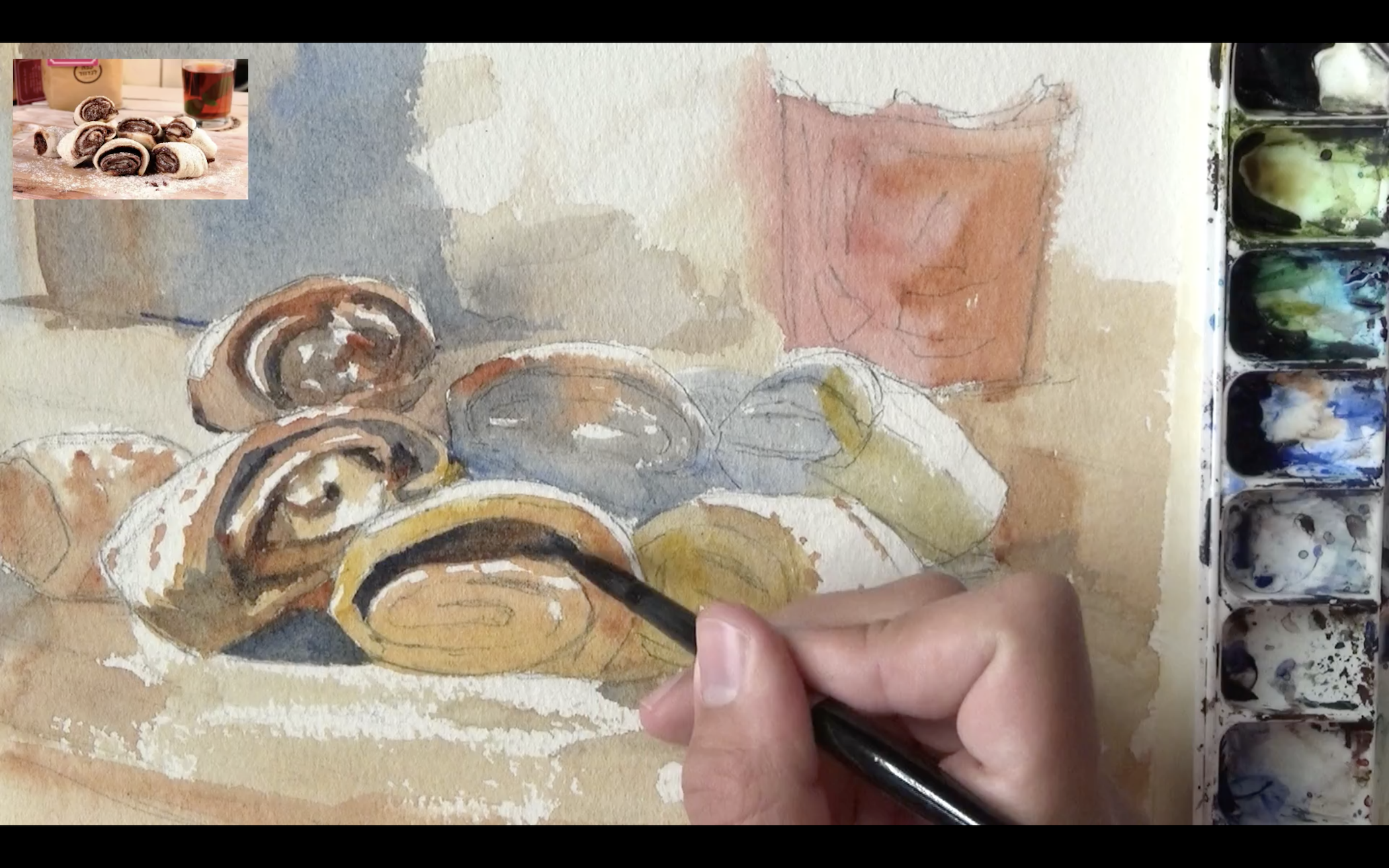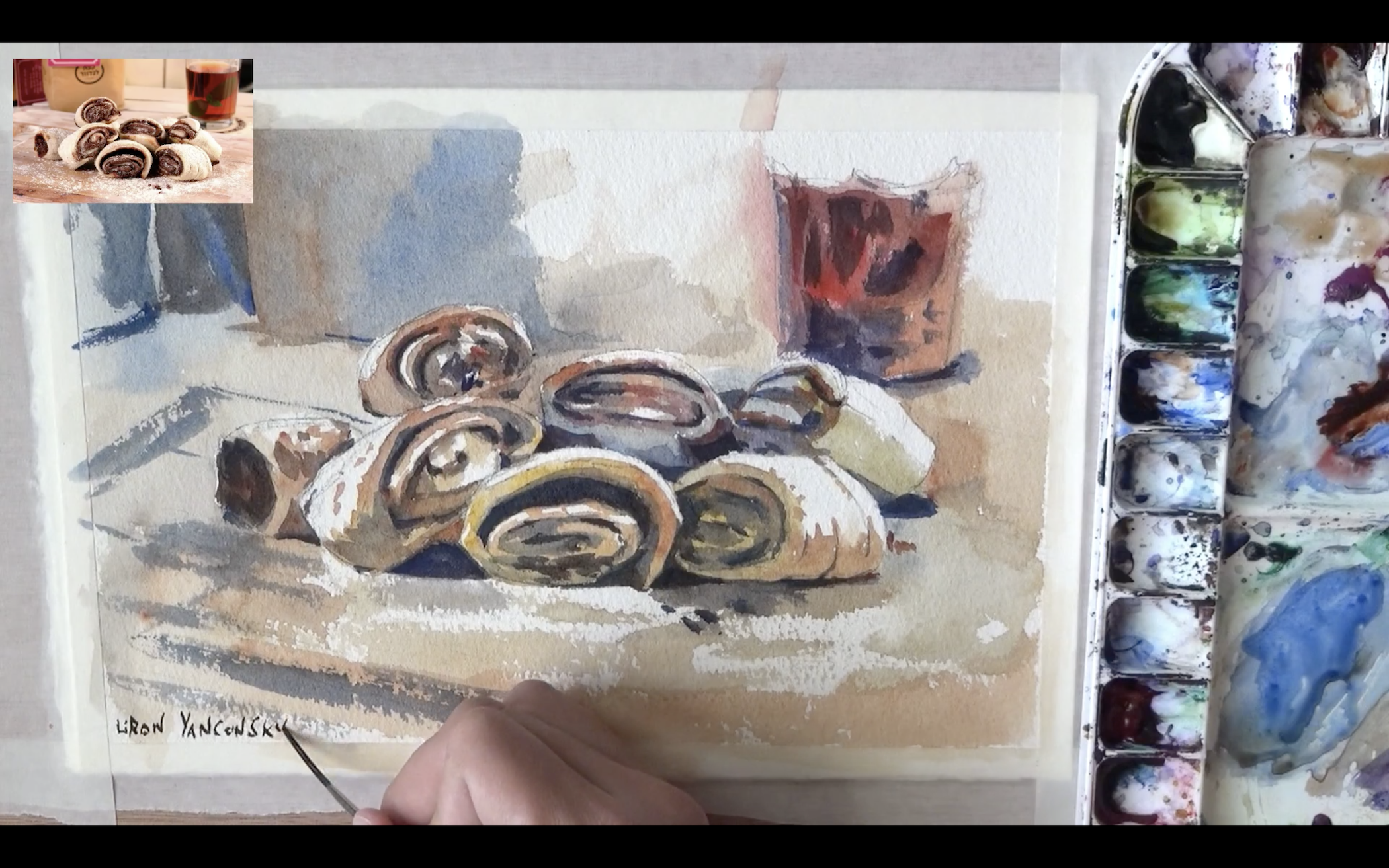Podcast: Play in new window | Download
Hi there, Liron here! And today I wanted to talk to you about the Inktober 2018 challenge!
What is Inktober Challenge
Every year during October, many artists and creators take part in Inktober. This is a pen and ink sketching challenge.
The goal is simply, for the entirety of the month of October, you produce a sketch every day.
It doesn’t have to be fancy. It can be simple, small, or whatever you want.
The goal is to produce something every day.
The challenge was started by an artist and illustrator called Jake Parker, as a small initiative. With time it grew in popularity – it’s huge now!
If you search for #Inktober2017 on Instagram, for example, you’ll find over 3 million posts.
Inktober Prompts
Every year, a list of prompts is posted. These are ideas meant to ignite your creativity.
You can look at it either as a crutch (for getting ideas), or as a handicap (“making” you do something around a specific idea).
I like to look at it as an added layer of challenge. It’s another thing to be creative about (:
Additional Benefits to Doing Inktober
I think what Inktober does really well, is force artists to create FOR CREATIONS SAKE. Or even for THEIR OWN sake.
It’s so easy to get caught up in our work. For me that’s creating content around watercolor painting, mainly. Or marketing my products, books, courses etc.
Doing this challenge is a huge opportunity of creating and enjoying it to its fullest.
When art turns into your career, it can take away some of the magic. This is a tremendous opportunity to get some of it back (:
My Plan for Inktober 2018
I’m planning on leveraging the challenge for multiple purposes.
1. As I mentioned – creating for myself and my own enjoyment.
2. Sharing more about myself, by doing art you aren’t used to seeing from me.
So for example, yesterday I posted a manga style sketch of Reiju, a character from the manga series One Piece. This is the type of work you won’t normally see from me!
3. I’ll try leveraging the challenge to reach more people. The challenge’s hashtags are quite popular, so perhaps my work will get to more people.
Conclusion
I hope you enjoyed this episode. I will probably do a summary podcast at the start of November, concluding my Inktober experience.
Stay tuned!
And now…
Artist Corner
Today we talked about Eiichiro Oda – the mastermind behind the manga One Piece!
This is the first time I talk about a manga artist and creator, and this man is incredible.
He sleeps 3 hours a night (yes yes, highly not recommended by the way), and he created what’s currently THE MOST popular manga and anime series in Japan and worldwide.
I highly recommend you check out his artwork. And if you are into manga and haven’t read One Piece, I would highly recommend taking a look.
It’s wacky and very unique, but it’s one of the best stories I’ve read / watched, and it has a lot of DEPTH.
You can read more about One Piece here: One Piece
And about Eiichiro Oda sensei here: Eiichiro Oda
And again, I really hope you enjoyed this episode, and I want to send you my complete gratitude for watching / listening / reading my stuff
Here’s where you can find me (:
You can support me on Patreon
Check out my YouTube Channel – Liron Yanconsky
Or ask me questions on Instagram – @LironYanIL or Snapchat – @LironYan3
– Liron

